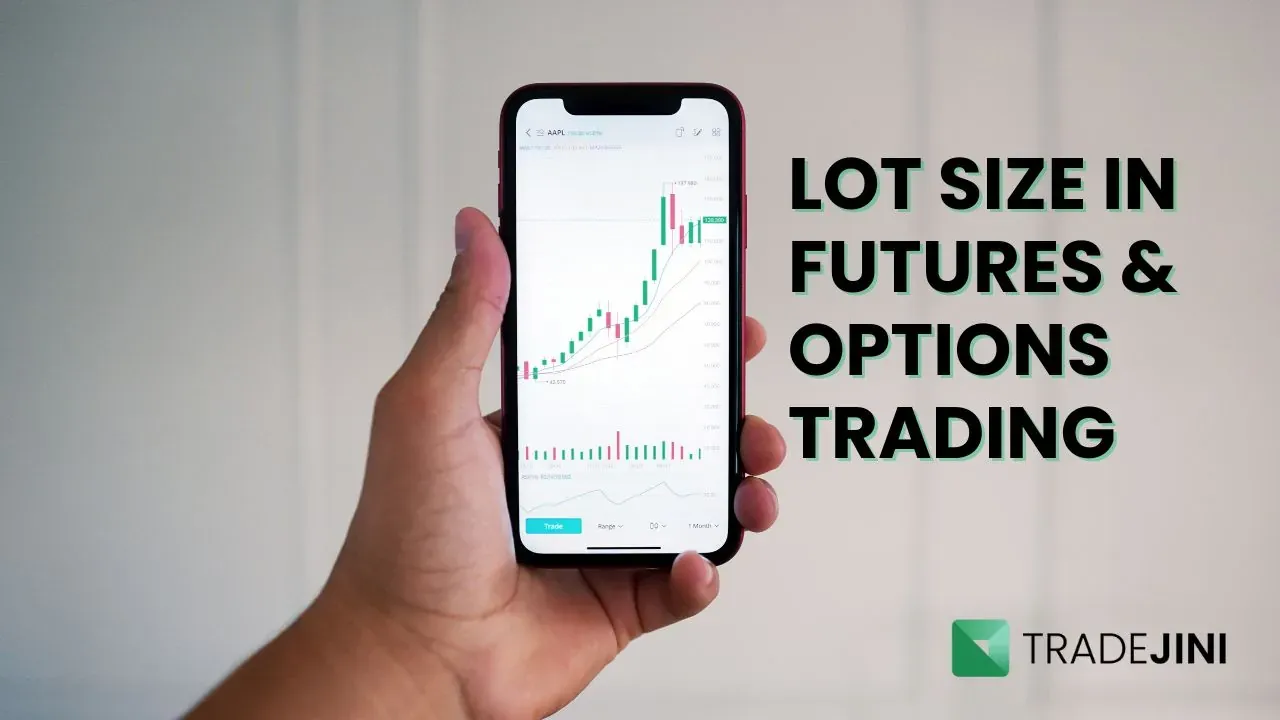Shares And Commodity Trading In One Account
Starting 01 April 2018, we unfold a new chapter of trading in the Indian stock market where commodity trading and equity clients can trade with a single entity.
Let’s understand the history/background of this new chapter.
The Indian derivatives market is divided between equity, currency & commodity market where:
- Equity & Currency market was regulated by SEBI, and
- The commodity market was regulated by Forward Market Commission (FMC).
Arun Jaitley (Finance Minister of India) during the budget presentation of 2015 proposed SEBI as the single regulator of equity, currency & commodity derivatives market. As a result, SEBI on 28 Sept 2015 took charge as the single regulator.
SEBI being a single regulator on Sept 2017 proposed trading in equity and commodity trading market via a single entity.
So what is in it for Traders?
Current Scenario
Individuals who trade in both equity and commodity markets have to transfer money to two companies (one for equity & the other for commodity). This results in regular transfers between these accounts, which are time-consuming, costly, require more working capital, and lead to inefficient use of funds—causing a loss of opportunity that is critical in the fast-moving equity and commodity markets.
Let’s look at the below scenarios for a better understanding:
Buy Scenario:
Mr. A has Rs. 60,000 in a savings account and intends to trade in equity and commodity. He divides the amount and transfers Rs. 20,000 to an equity account and the remaining Rs. 40,000 to his commodity account.
The next day, due to an uptrend in the equity market, he intends to buy shares worth Rs. 25,000 but is limited to the amount available in his equity account (Rs. 20,000). To buy the shares, he will have to conduct an additional transfer of Rs. 5,000 from his commodity account to his equity account.
Margin Scenario:
Mr. B has Rs. 1,60,000 in a savings account and intends to trade in equity and commodity. Instead of dividing and transferring the amount between equity and commodity accounts, he can transfer the complete Rs. 1,60,000 to a single all-in-one margin account.
He enters two open positions: one in equity and the other in commodity. The margin requirement for both these positions is Rs. 80,000 each, totaling Rs. 1,60,000.
Suppose, at the end of the day, he faces a loss of Rs. 30,000 on his commodity open position and a profit of Rs. 50,000 on his equity open position. His end-of-day all-in-one margin account balance would be Rs. 1,80,000 (1,60,000 + 50,000 - 30,000).
In this scenario, he can safely carry forward both his equity and commodity positions to the next day as he has sufficient ledger balance to meet his margin requirement.
Intraday Scenario:
Mr. C has Rs. 1,60,000 in a savings account and intends to trade in equity and commodity. Seeing a great opportunity in BankNifty, he transfers the complete money to the equity account.
As anticipated, he makes a profit of Rs. 40,000 on his intraday trade, bringing his total equity account balance to Rs. 2,00,000 (1,60,000 + 40,000). However, he cannot transfer this money to his commodity account within a day to trade in crude oil. Consequently, he loses an opportunity, which is crucial in the stock market.
The transfers in the above scenarios between equity and commodity accounts incur additional costs (transfer charges) and cause inconvenience and loss of time.
In the New Scenario:
SEBI has allowed trading in equity and commodity markets via a single entity. Brokers providing equity and commodity trading facilities can integrate both into one entity, allowing traders to trade in equity and commodity via a single company and a single margin account.
Let’s revisit the previous scenarios to see the benefits of this change:
Buy Scenario:
Mr. A has Rs. 60,000 in a savings account and intends to trade in equity and commodity. Now, instead of dividing the amount between equity and commodity accounts, he can transfer the complete Rs. 60,000 to a single all-in-one margin account.
The next day, due to an uptrend in the equity market, he intends to buy shares worth Rs. 25,000, and this time he can easily buy them as the complete money is in the all-in-one margin account.
Margin Scenario:
Mr. B has Rs. 1,60,000 in a savings account and intends to trade in equity and commodity. Now, he can transfer the complete Rs. 1,60,000 to a single all-in-one margin account.
He enters two open positions: one in equity and the other in commodity. The margin requirement for both these positions is Rs. 80,000 each, totaling Rs. 1,60,000.
At the end of the day, he faces a loss of Rs. 30,000 on his commodity open position and a profit of Rs. 50,000 on his equity open position. His end-of-day all-in-one margin account balance would be Rs. 1,80,000 (1,60,000 + 50,000 - 30,000).
He can now safely carry forward both his equity and commodity positions to the next day as he has sufficient ledger balance to meet his margin requirement.
Intraday Scenario:
Mr. C has Rs. 1,60,000 in a savings account and intends to trade in equity and commodity. He transfers the complete money to his new all-in-one account.
As anticipated, he makes a profit of Rs. 40,000 on his intraday trade, bringing his total all-in-one account balance to Rs. 2,00,000 (1,60,000 + 40,000). Unlike before, he can now trade in crude oil immediately without depending on any transfer or facing any delays, ensuring he does not lose any opportunities.
With the new all-in-one margin account, traders no longer need to transfer money between equity and commodity accounts. This saves additional transfer charges, time, and inconvenience.
Welcome to the new chapter of trading!
Also Read: Understanding Dabba Trading: Risks and Legal Implications in India
_11zon.webp?alt=media&token=bd974821-aee4-43a5-b467-01d1a67a570b)
_20_11zon.webp?alt=media&token=6659b2e6-927e-42de-8375-e227e579f556)
_11zon.webp?alt=media&token=a8f3f55c-dc70-4d42-844e-6874ceff69ce)
_11zon.webp?alt=media&token=a05d2324-cace-44ed-a35f-50f9e63be9c3)
_11zon.webp?alt=media&token=14cd8f87-8add-49ce-84f1-ca07a0c52b0c)



%3A%20Meaning%20and%20How%20to%20Use%20It%20in%20Trading%3F%2FCurrent%20Market%20Price_thumbnail_11zon.webp?alt=media&token=4dc80320-e349-476a-8af0-a812c8786e7d)
